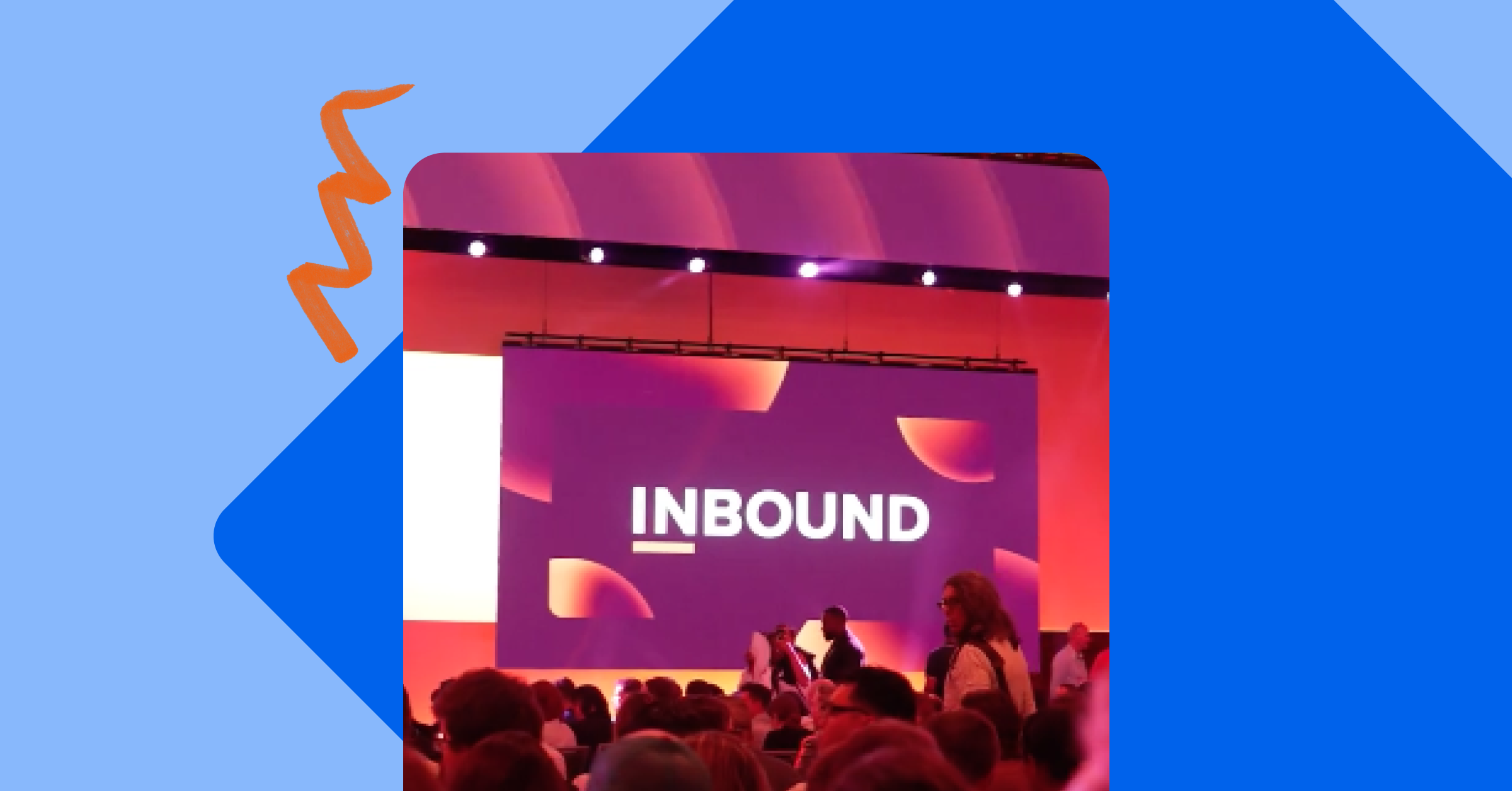The 3 Biggest Mistakes in a Digital Advertising Student Recruitment Strategy

September 02, 2020

Facebook, Instagram, LinkedIn, Snapchat, Google Search, Google Display, TikTok, Twitter, YouTube, WhatsApp, Facebook Messenger, Pinterest, Tumblr… when does it end? You can’t possibly advertise on all of these platforms – nor should you necessarily – but wherever you advertise, you should avoid these three BIG mistakes! And if you’ve fallen victim to one of these common pitfalls, and are unsure how to correct it, I’ve got you covered. Let’s dive into these three huge digital advertising errors to avoid.
1) Going in Blind and Coming Out Clueless
Having clear goals and expectations is incredibly important as it’s the starting point for your digital marketing strategy and what you then use to measure success. Without a clear understanding of what you want prospective students to do – your call to action – there’s no way you can measure ROI, or even know what all those ads generated for you at a high level.
If you are tracking your digital advertising campaigns, you’re one step ahead… unless you set unrealistic goals before the campaign even begins. For example, if you think spending $1,000 is going to result in 10 new students, you’re setting yourself up for disappointment. To avoid that, take industry averages and work backward based on your media spend and what you’re offering your target audience to determine plausible goals.
Different calls to action have very different associated costs, depending on the level of commitment and the stage of the applicant journey. For example, the cost-per-new contact of someone downloading a program guide might be $65, but if you’re pushing prospects to apply, there’s no way you can expect to spend just $65 per applicant.
Here’s what you can do:
Whether you’re new to digital advertising, an experienced veteran, or somewhere in between, creating SMART goals is the absolute best thing you can do for your digital advertising strategy.
Specific. Measurable. Achievable. Realistic. Timely. This is not to say that you can just set it and forget it, but it’s a great place to start when thinking about your digital ad campaign and what you’re actually looking to accomplish.
Additionally, establishing baselines after the fact is going to be crucial in setting even better SMART goals in the future.
Get ready for some math: if you know that it costs roughly $65 to generate one lead from Facebook that is promoting a program brochure, and of the 75 leads you generated via that program brochure ad campaign, 25 became inquiries, 15 became applicants, and 5 became enrolled students, you now know that it costs $195 for one inquiry, $325 for one applicant, and $975 for one enrolled student.
Math not your thing? Here’s how I got those numbers:
$65 for one lead x 75 total leads = $4,875 total ad spend
$4875 total ad spend ÷ 25 total inquiries = $195 per one inquiry
And so on for applicants and enrolled students.
2) Paying Rent Instead of Investing in a House
When you’re young and early in your career you probably need to pay rent and can’t afford a house yet. There’s nothing wrong with that, but you shouldn’t pay rent your whole life – after some years of working hard and saving up, you’ll hopefully be able to start investing in a house. Drawing parallels to digital advertising, Google (rent) is great for the short term and before you have content, but if you’re not saving up (creating content) you’ll never be able to buy that house (have an SEO foundation for high-value keywords).
There’s so much temptation to bid on high-value keywords, and why wouldn’t there be? You’re getting access to people who are searching terms that could potentially drop them in the applicant stage of your funnel at any moment.
Unfortunately, that typically comes with a price tag that is anything but scalable: “best mba program” is currently $30.58 for one click. Just imagine if the search term was even more specific…well, you don’t have to:
Google Ads are certainly a great way to drive traffic and conversions (program guide, event page, inquiry form, or other landing page), but the huge mistake people make is relying solely on this one platform. The drawback to Google Ads is that the second you stop paying is the same second you stop getting traction. Your university is bidding because you likely don’t rank for that term at all, but unless you have a mega-sized ad budget (good one, right?), it’s just not sustainable.
Here’s what you can do:
Invest in that house! Start building a content marketing game plan that aligns with your enrollment goals. For example, your Social Work program is not doing so hot and you’ve been bidding on keywords trying to keep things steady, but you’re just pushing prospects to a program, inquiry, or application page (boring!).
Create a long-form content piece, or even just a blog post, and center it around those same high-value keywords you’re bidding on now. Slowly, this content will start to rise in the rankings if it’s providing value to people using search engines to access it. The best part about all of this: once the piece is written and published, all of the results are free! You may still need to use Google Ads for a little while to increase exposure, especially to new content, but the more you can do today to build a foundation for tomorrow, the better.
Not sure where to get started? I have a post for you with step-by-step guidance on building a powerful marketing strategy for student recruitment.
3) Going in for a Kiss on the First Date
Hey, DD Agency offers retainer services — buy them here!
See how random that felt? Prospective students feel the same way when they’re getting ads in their social feeds with “Apply Now” despite having never heard of your university or program. As an impulse buyer myself, I can let you in on a secret: we don’t impulse buy houses, cars, or an education.
I live in Virginia and often see ads like these from local higher education institutions, but I’ve never been on their site, which begs the question, why do they think an Apply Now offer would work?
Retargeting site visitors and pushing them to this type of offer makes much more sense, but if you’re just targeting demographics and psychographics, try a different (smarter) route. Prospects need information before making a life-altering decision, so provide them with helpful resources first: program guides, faculty spotlights, financial aid information, and anything else you may have that could help answer their questions.
Here’s what you can do:
Use the Facebook Pixel to retarget site visitors who are on high-intent pages, like your inquiry page, event page(s), a program-specific page, etc., and push out Apply Now ads to those prospects. For the users who have not been on your site, who you’re targeting via interest-based selections, give them an offer that showcases your unique value propositions so they can learn more about why they should consider your university.
Want a More Concrete and Specific Digital Advertising Strategy?
There’s no silver bullet for digital advertising, but if you have the time, I would love to chat with you about how we can craft the most effective digital ad strategy for your college, university, or program. Find a time that works for you and book a virtual meeting with me!
Want to increase your organic search rankings? Sign up for our SEO Strategy Cohort to make a game plan.
.jpg) EBOOK
EBOOK
See how schools are using HubSpot for their enrollment marketing
Service Categories: Enrollment Marketing, Digital Advertising









.png)